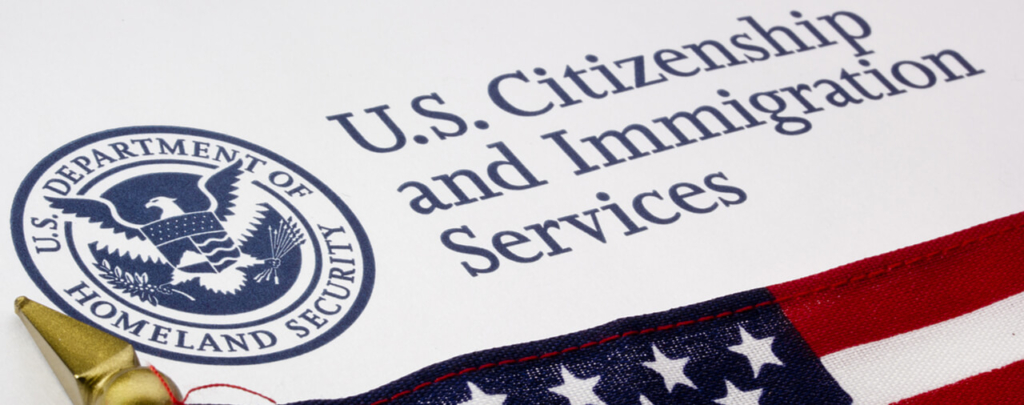Beginning on January 29, 2018, the United States Citizenship and Immigration Services (USCIS) changed how it prioritizes affirmative asylum applications [PDF version]. The USCIS will now prioritize the most recently filed affirmative asylum applications. This policy had been in place from 1995 through December 2014. Accordingly, the new rules are a reversion back to the previous USCIS policy for prioritizing affirmative asylum interviews.
The USCIS affirmative asylum interview priorities, as of January 29, 2018, are as follows:
First priority: Applications that were scheduled for an interview, but the interview had to be rescheduled at the applicant’s request or the needs of USCIS.
Second priority: Applications that have been pending 21 days or less.
Third priority: All other pending affirmative asylum applications will be scheduled for interviews starting with newer filings and working back towards older filings.
The first priority remains unchanged from the priorities that were in place from December 26, 2014 through January 28, 2018. However, under the previous set of affirmative asylum scheduling priorities, asylum applications filed by children constituted the second priority. The new second priority instead gives preference to those asylum applications that have been pending for 21 days or less. The third priority under the previous rules encompassed asylum applications that did not fall under the first or second priorities. However, under those rules, the longest-pending priority three asylum applications were scheduled first, whereas the more recent applications were scheduled last. The new rules give no special prioritization to asylum applications filed by children unless those applications fall under the new first or second priorities. Furthermore, under the third priority, more recent applications will be adjudicated first, and older asylum applications will be adjudicated last.
Along with the change, the USCIS abolished the Affirmative Asylum Bulletin, which had been issued monthly [PDF version]. You can read about the former Affirmative Asylum Bulletin in our archived blog on the subject [see blog].
The USCIS set forth its rationale for the change. By prioritizing recent affirmative asylum applications first, the USCIS can “promptly place such individuals into removal proceedings, which reduces the incentive to file for asylum solely to obtain employment authorization” [see article]. The USCIS stated that “[t]he aim is to deter individuals from using asylum backlogs solely to obtain employment authorization by filing frivolous, fraudulent[,] or otherwise non-meritorious asylum applications.”
Despite the new prioritization system, the USCIS explained that its “[w]orkload priorities related by border enforcement may affect [its] ability to schedule all new applications within 21 days.” However, as we explained, the most recent asylum applications in the third priority will still be scheduled first under the new prioritization system.
The new priorities do not preclude the USCIS from deciding, on a case-by-case basis, to accommodate an urgent request to schedule an affirmative asylum interview outside of the new priority rubric. An affirmative asylum applicant may submit such a request in writing to the USCIS asylum office having jurisdiction over his or her case.
Asylum interviews for individuals who live far from an asylum office or asylum sub-office [see list of asylum offices] may be scheduled at USCIS field offices (“circuit ride” locations) if resources are available. Such individuals should consult with their local asylum field office.



-1024x405.jpg)
-1024x405.jpg)
